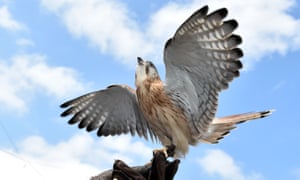Based on a recent bird impact study released by Audubon Minnesota last fall, 166 bird species commonly found in Minnesota are at great risk. Audubon’s scientists analyzed more than 30 years of historical North American climate data and tens of thousands of historical bird records from the U.S. Geological Survey’s North American Breeding Bird Survey as well as utilized information from the Audubon Christmas Bird Count to understand the links between where birds live and the climatic conditions that support them. Understanding these links allow researchers to project where birds are likely to be able to live and thrive in the future.
How many of our current bird species will be here in 20 years? What new species might move into the state from the south? Researchers predict changes are certain. We’ll lose species, boreal nesters in particular, as they follow their breeding climate north. Bird species now found to our south will enter Minnesota for the same reason.
This is one of those topics easily dismissed as far in the future. Not true. Birds are at risk more and more each day. A story in The New York Times today (Friday, Oct. 23) predicts that when the carbon dioxide content of our atmosphere returns to 400 parts per million this winter, it will never again be less. It will only climb. Seasonal change based on summer vegetation causes the measurement to vary slightly; it dropped a few weeks ago from over 400 to just under. It was at 398.48 on the 23rd.

